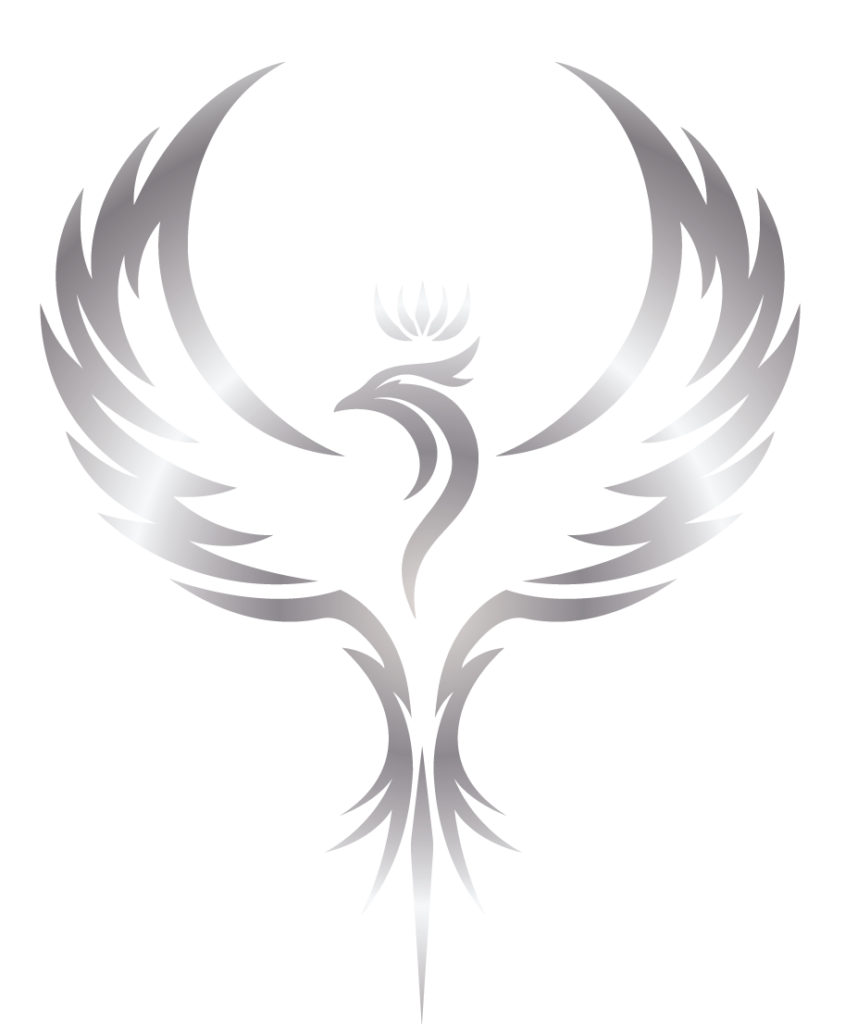Hernia Repair Surgery
There are two major types of hernias: Inguinal Hernias and Abdominal Wall Hernias. They are treated in similar ways but with important differences. Below, please find more information specific to each type.
Inguinal Hernias

Inguinal hernias are more common in men but do occur in women as well. They usually present as a bulge in the groin and can increase in size causing discomfort especially with stooping, bending, lifting, and working out. If left untreated, they will continue to grow in size and can cause entrapment of your intestines leading to a life-threatening condition. Whether the hernia is a direct, indirect, or femoral hernia… they are all repaired in the same way in our practice. For these hernias, we repair them WITH mesh using the Da Vinci robot.
What to Expect
Before Surgery:
Although most of the time only an exam is necessary, rarely an ultrasound or CT will be ordered and performed to confirm the presence of a hernia. Then, a full discussion about the surgery will take place prior to scheduling the operation. All inguinal hernias in our practice are repaired using robot-assisted surgery and mesh.
Day of Surgery:
You will be requested to stop eating and drinking at midnight on the day of surgery. You can take your morning meds with a sip of water, though. Surgery takes 1-2 hours. When you wake up, you can expect 3-4 small incisions (two or three 8mm and one 12mm) that are closed with sutures that dissolve on their own; they will also have sterile superglue on top of them. This is outpatient surgery, which means you will go home a couple of hours after you wake up!
After Surgery:
You may take a shower whenever you like but please do not submerge your incisions until the glue and scabs are gone (no bathing or swimming yet). Activity is as tolerated: meaning that if the task does not hurt, it is okay to perform. If what you are doing causes pain, please stop. Most people are back to normal activities within 48 hours. PLEASE respect your hernia repair and avoid performing activities that increase your intra-abdominal pressure (like straining, heavy lifting, leg presses, etc) for 6 weeks after surgery to allow your body to heal appropriately. You will receive a prescription for pain meds at discharge, and you should augment these with Tylenol and NSAIDs (ibuprofen, Motrin, Advil, Aleve, etc). We will see you back in the office 2-3 weeks after surgery to make sure everything is going well, but feel free to call at any time if you are worried!

Abdominal Wall Hernias

Abdominal wall hernias can be umbilical (belly button), incisional (at the site of previous surgery), or traumatic (from an accident). They usually present as a bulge and often increase in size causing discomfort especially with stooping, bending, lifting, and working out. If left untreated, they will continue to grow in size and can cause entrapment of your intestines leading to a life-threatening condition. Most are repaired in the same way in our practice: WITH mesh using the Da Vinci robot. This technique affords the lowest risk of recurrence as combined with the lowest risk of infection.
What to Expect
Before Surgery:
Most often, an ultrasound and/or CT will be ordered and performed to assess the abdominal wall and extent of the hernia. Then, a full discussion about the surgery will take place prior to scheduling the operation. Almost all abdominal wall hernias in our practice are repaired using robot-assisted surgery and mesh. ALL defects are closed to help reduce the incidence of recurrence.
Day of Surgery:
You will be requested to stop eating and drinking at midnight on the day of surgery. You can take your morning meds with a sip of water, though. Surgery takes 1-3 hours. When you wake up, you can expect 3-4 small incisions (two or three 8mm and one 12mm) that are closed with sutures that dissolve on their own; they will also have sterile superglue on top of them. This is outpatient surgery, which means you will go home a couple of hours after you wake up!
After Surgery:
You may take a shower whenever you like but please do not submerge your incisions until the glue and scabs are gone (no bathing or swimming yet). Activity is as tolerated: meaning that if the task does not hurt, it is okay to perform. If what you are doing causes pain, please stop. Most people are back to normal activities within 48 hours. PLEASE respect your hernia repair and avoid performing activities that increase your intra-abdominal pressure (like straining, heavy lifting, leg presses, etc) for 6 weeks after surgery to allow your body to heal appropriately. You will receive a prescription for pain meds at discharge, and you should augment these with Tylenol and NSAIDs (ibuprofen, Motrin, Advil, Aleve, etc). We will see you back in the office 2-3 weeks after surgery to make sure everything is going well, but feel free to call at any time if you are worried!

Ainsley Freshour, MD, FACS, DABS
Robotic, Minimally Invasive, and Bariatric Surgeon
Board Certified General Surgeon and Surgical Intensivist

